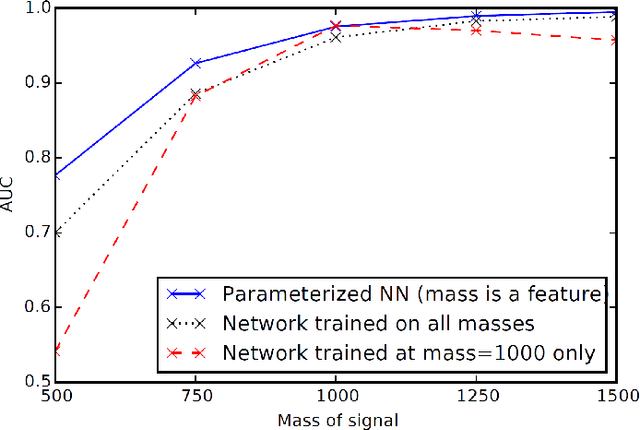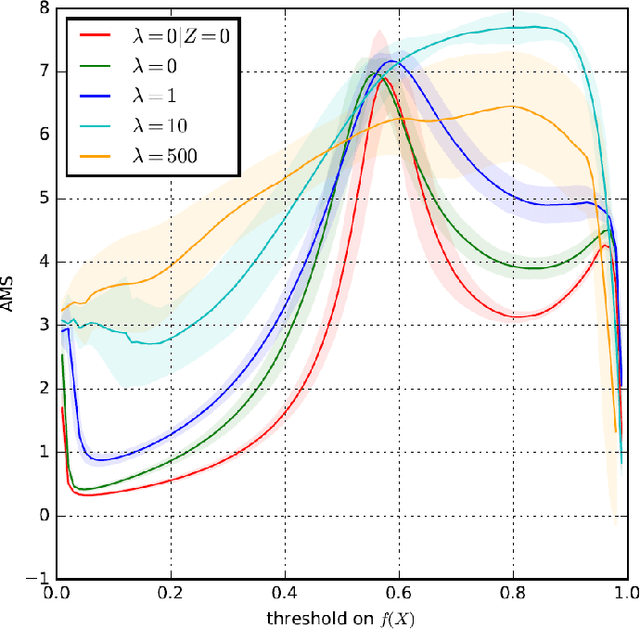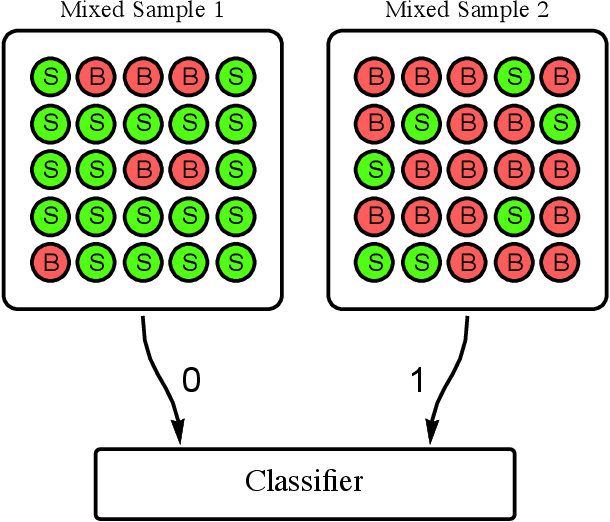Dealing with Nuisance Parameters using Machine Learning in High Energy Physics: a Review
Paper and Code
Jul 17, 2020



In this work we discuss the impact of nuisance parameters on the effectiveness of machine learning in high-energy physics problems, and provide a review of techniques that may reduce or remove their effect in the search for optimal selection criteria and variable transformations. Nuisance parameters often limit the usefulness of supervised learning in physical analyses due to the degradation of model performances in real data and/or the reduction of their statistical reach. The approaches discussed include nuisance-parametrized models, modified or adversary losses, semi-supervised learning approaches and inference-aware techniques.
 Add to Chrome
Add to Chrome Add to Firefox
Add to Firefox Add to Edge
Add to Edge